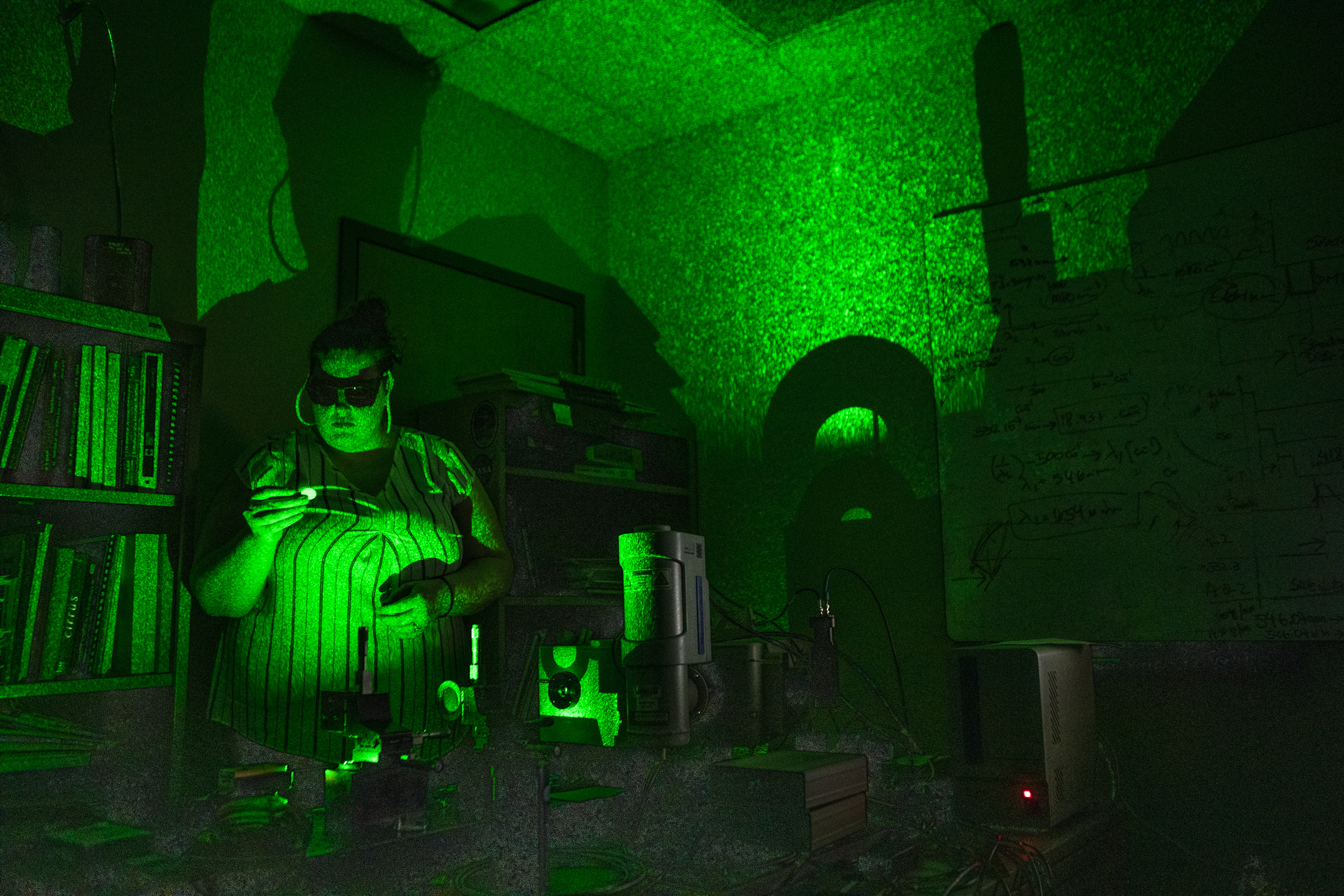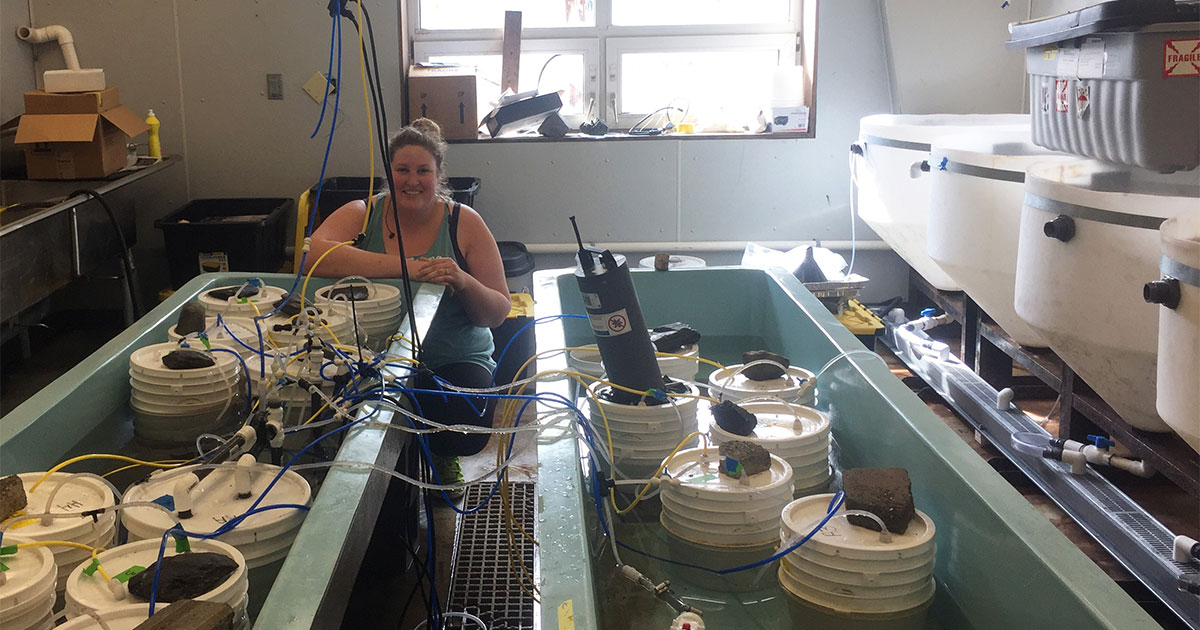A University of Alaska Fairbanks–led study has found that razor clams accelerate their shell development when exposed to more acidic ocean conditions, but that those young shells are built with more fragile substances.
How shellfish react to changing marine conditions is a growing concern as climate change gradually shifts ocean chemistry. The threat of ocean acidification is particularly significant in Alaska, in part because cold waters absorb more carbon dioxide, leading to a more rapid rise in acidity.
The study, published in the journal Frontiers of Marine Science, tracked newly hatched razor clam larvae through their first 28 days of shell development in various levels of acidic water.
One group of razor clams was raised in water that mirrors the current average pH levels in Alaska’s Cook Inlet, while another was raised in a more acidic environment that simulates conditions that are projected in the region in 2100.
A third experiment simulated variable conditions under the 2100 projections, which were meant to mimic the constantly shifting pH levels in lower Cook Inlet. Real-world levels of ocean acidity change on a 12-hour cycle driven by tidal activity in the region, and the study is the first to simulate how those variable conditions could affect a concretion-forming bivalve.
“These organisms live in really dynamic environments,” said lead author Marina Alcantar, a Ph.D. student at UAF’s College of Fisheries and Ocean Sciences. “Capturing their response in that environment is important to understanding how they’ll react in the future.”
The results were surprising. The larvae boosted their rate of shell development in water with variable acidity and higher acidity. But their young shells were constructed of vaterite, a rare form of calcium carbonate that is more vulnerable to dissolving as pH levels drop. At 21 days old, the clams had shifted to a shell made of a more durable substance.
That intriguing response could help young razor clams get to a fully formed stage more quickly, but with unknown effects on their long-term survival.

Marina Alcantar examines larval Pacific razor clam shells using Raman spectroscopy in a lab at the UAF Geophysical Institute. Raman spectroscopy uses light to assess the mineral structure of a sample. (Image credit: JR Ancheta/University of Alaska Fairbanks)
“If they’re having to devote more energy than they normally would to shell development, it could take energy away from things like growth and the overall health of that organism,” Alcantar said. “Even though they are compensating, it’s still a vulnerability.”
The results are a contrast to some other studies that looked at how bivalves respond to ocean acidification.
“We have seen a difference in developmental rate, that isn’t uncommon,” said Amanda Kelley, an associate professor of marine biology at UAF. “But it’s usually in the other direction, where development is being slowed rather than sped up.”
Alcantar said the project also illuminated how little is understood about the razor clam, even though the species is highly desired for its large size and meaty flavor.
“For how much we love and rely on razor clams, there was so much we didn’t know about them,” Alcantar said. “To me, that says, ‘What else do we not know about other commonly used species? What other organisms can we look at?’”



